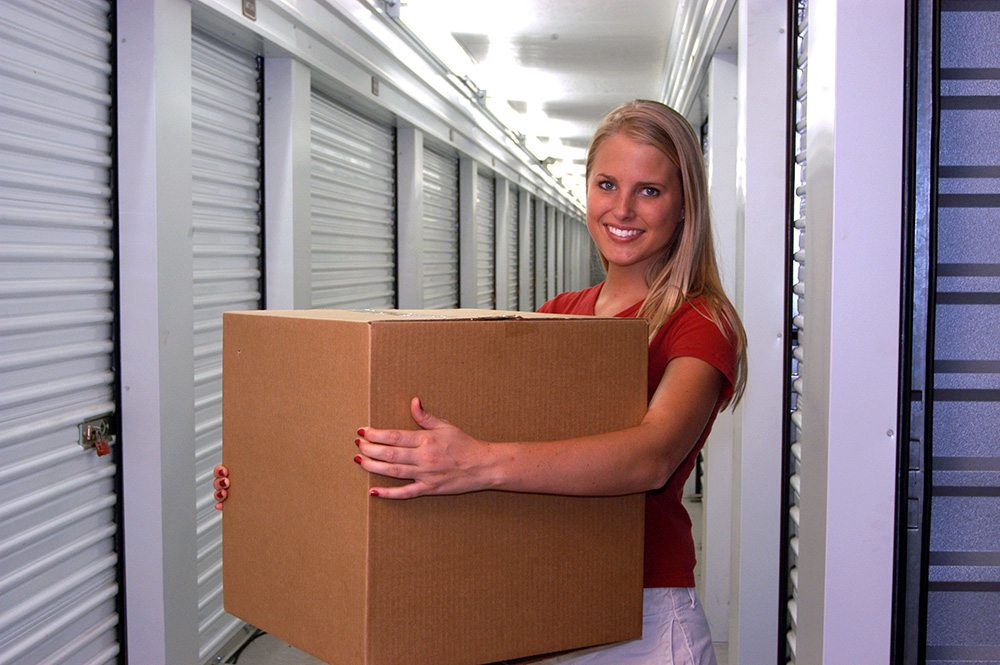Jim Miller, one of the pioneers in Australian Self Storage, would often tell me “do you want to pay interest to the bank or pay the TV stations for ads?”. Of course, back when the Millers empire was being built, interest rates were up to 17%. Financing new Self Storage sites was tough – personal guarantees, high equity, and sound trading performance was needed to get the loan over the line.
There is a correlation between occupancy and marketing.
It was Jim’s contention that occupancy could grow faster if marketing was ramped up through advertising. In his view, it was better to pay for advertising than interest. Many of Millers’ sites grew occupancy fast, and many operators benefited from his relentless approach to TV advertising. His one mute ads in the nightly news are legendary. The underlying message is that when a new facility is built, especially today, Self Storage marketing cash needs to be allocated to build occupancy.
Capital works need to be budgeted for in any new Self Storage development. Land, design, buildings, concrete, and fences all must be paid for, and they’re paid at the going price of the day. Typically, start-up marketing is not budgeted as part of the development process, with many considering it to be an expense that can be funded by cashflow. Self Storage facility marketing must be considered as part of the budget to build the facility.
The commitment in time and cash to establish a new Self Storage facility is considerable. Some developments are staged and some are built completely. More times than not when a new site opens, it enters a market already serviced by other competitive sites. These sites have established cashflows and more than likely have less invested than your new site. Importantly, these sites know the market, know what they can sell space for, and more than likely are expecting you to come to market with ‘special offers’. They generally respond.
Here’s where the marketing strategy funded from cashflow and not the initial budget is flawed.
- The rates you used to calculate your breakeven are not achieved. Those attractive ‘special offers’ used to attract new customers have two effects. Firstly, they weaken your cashflow from what you budgeted. Secondly, the market is confused by offers that vary widely, creating distrust and market confusion.
- Weaker cashflows reduce marketing spend. Often, the marketing budget is the victim of the weakened cashflow. Staff are paid the same, the power company gets paid, but advertising and marketing is reduced or removed.
Establishing your new Self Storage site is a challenge. Expect to be challenged by cashed-up existing operators all with market knowledge, experience, and good marketing already in place. As the new operator, you must take business from them. Every one of your rentals could have gone to your competitors. It would be naïve to expect them to let this happen without a fight, and often this is seen in rate discounting.
Self Storage marketing and advertising your brand-new facility should be properly funded and the budget allowed for as part of the expense of developing the site. Consider marketing to your breakeven point a development cost.
Short cutting the marketing after opening is a sure-fire way to extend the cost to break even. If your feasibility study shows there’s a need for storage where you plan to build, plan to tell the potential market that you’re open. Budget to get to breakeven as fast as possible.
You can pay for marketing or interest. There is no return on paying interest, but a significant return can be gained by Self Storage marketing. R6 Web Design™ can design a budget to get you to break even. Fast.
R6 Web Design™ is a marketing and web design company in Loganholme, and is a partner of Self Storage Startup.







